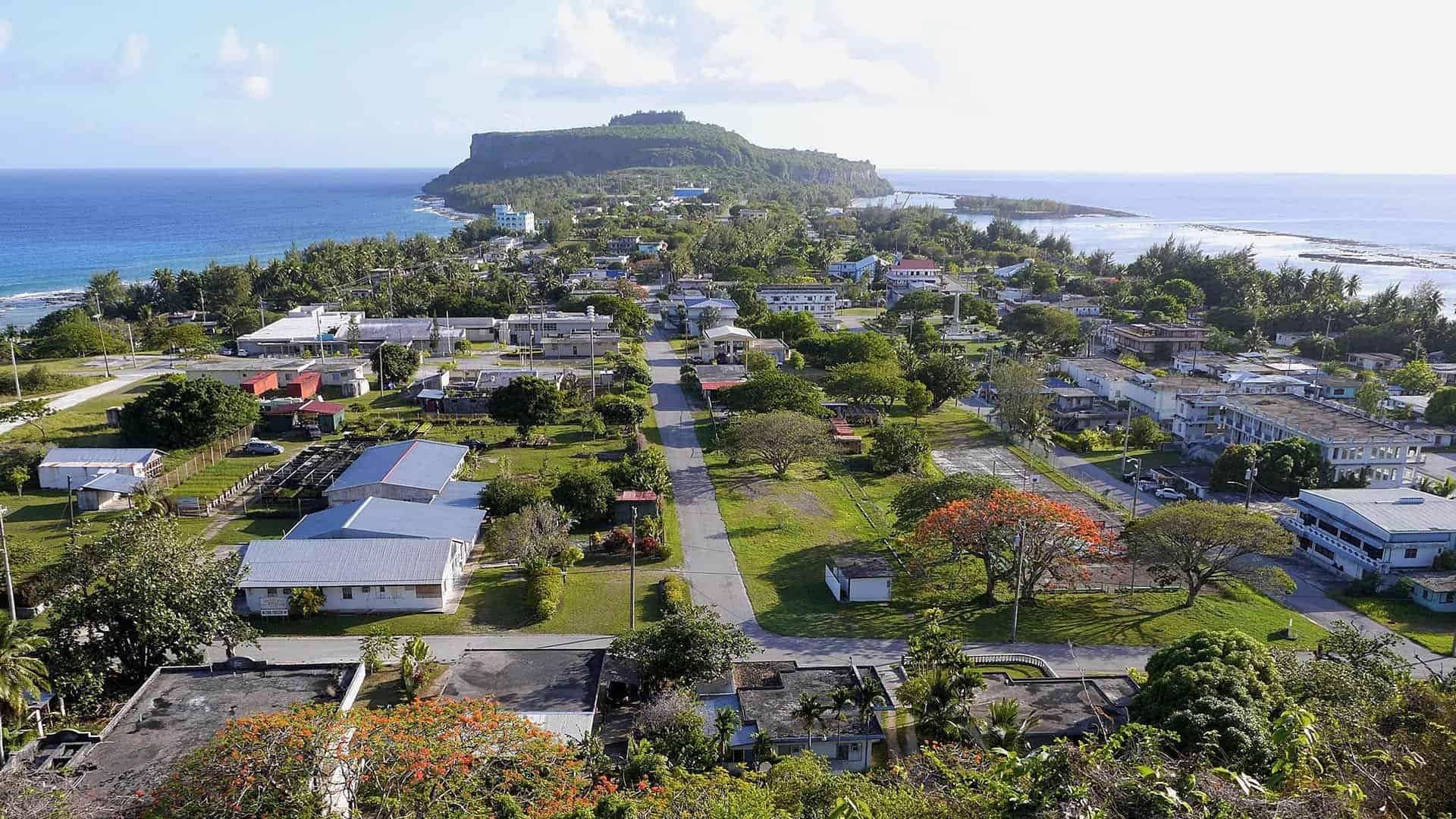About one in five people surveyed in the 2020 Island Area Census of Guam were living below the poverty line, according to newly released data from the U.S. Census Bureau.
Of the 145,453 people for whom poverty status was determined during the census, about one in five, or 29,408 people, lived below the poverty line. About the same number of people were receiving Supplemental Nutrition Assistance Programme, or SNAP, benefits.
People living in military housing units were excluded from the survey, according to the Census Bureau. It’s difficult to say how the poverty rate on the island compares to previous years, as data collection from the 2020 census was impacted by the COVID-19 pandemic and the federal agency has warned against making comparisons.
But household income can show how Guam stacks up against the rest of the country. Median household income for Guam was US$58,289 in 2019, the year data for the 2020 Census was collected. That means about half of all households made more, while the other half made less than that amount.
When compared to the 50 states, Puerto Rico and Washington, D.C., Guam ranks 44th on the list of median household incomes nationwide, between South Carolina and Oklahoma, based on data from 2021 compiled by the Kaiser Family Foundation.
At the time of the 2020 Census, slightly more than one in three renters reported spending 35% or more of their household income on housing costs. Homeowners fared better, with 16.1 percent of homeowners reporting they spent similarly high amounts on housing.
The median monthly rent at the time was US$1,057, while the median home value was US$277,800, according to census data.
Housing costs have skyrocketed in the meantime. Siska Hutapea, president of real estate appraisal firm Cornerstone Valuation Guam Inc., speaking during an economic recovery summit held this month, put the median household value at more than US$400,000.
Guam’s population is getting older, with the median age now at 33.7 years, up from 29.5 in 2010, census data shows. A little over one in 10 people are over the age of 65 on Guam.
Many people are either living with their parents or relying on them for child care. Some 15.3 percent of households are multigenerational, census data shows, while nearly one in 10 people over 30 are grandparents living with their minor grandchildren. Of those grandparents, more than one in three are responsible for the basic needs of their grandchildren.
Of all nonmilitary households, 15.8 percent were made up by one person living alone, 8.5 percent were “cohabitating couples” and 5.4 percent were single females with children under 18.
The majority of Guam’s 34,804 family households were married-couple families, at 67.2 percent.
Just 86 percent of all people on the island reported completing high school in 2020, lower than the national average of 91.1 percent in 2021, and even the 2011 average of 87.6 percent. If a resident speaks a language other than English at home, it’s probably one of the “Philippine languages,” according to the census, which are present in 42.8 percent of households.
